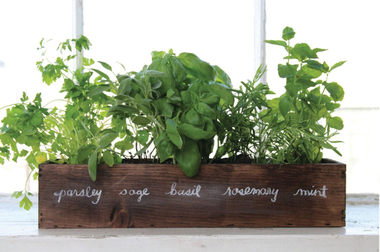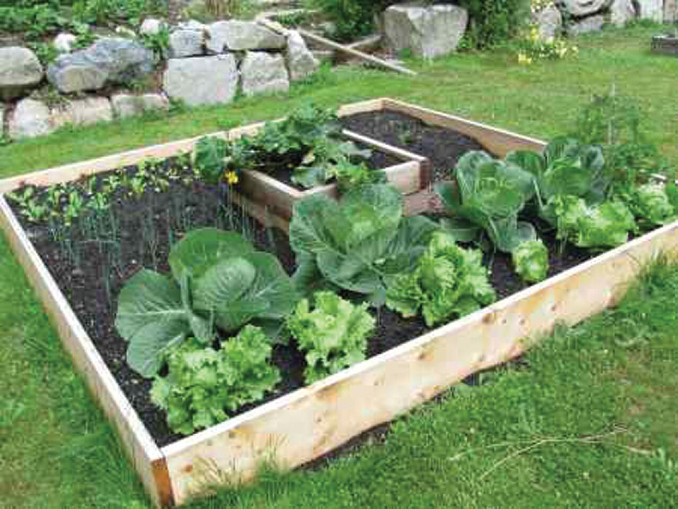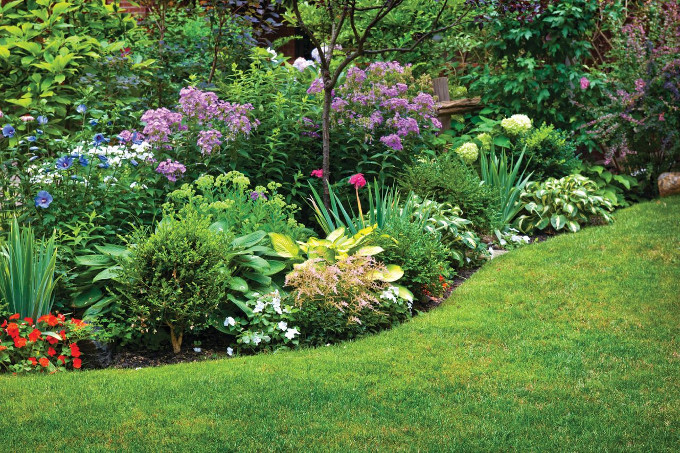Gayly gardeners: Here we grow

by David Womack
Special to The Gayly
For the “first-time gardeners” and the “do-it-yourselfers," the trick to your success is keeping it simple. Try container gardening - either a soil-based or hydroponic system; an inside or outdoor garden. Once you have established this decision you will be able to get started.
When getting started with a new garden or an established garden plot, keep in mind some of these guidelines:
• If you haven't had any luck with germinating seeds from package, you might consider purchasing starter packs which are available locally. Please follow the instructions on the plant tags.
• Keep in mind that these starter packs can and will get dry if not monitored.
• Avoid heavy use of fertilizer and plant foods in the early stages of germination.

Climate zones: The zoning map given on the plant tags or information sheet will be a helpful tool in selecting plants. These zones are based on each area's average minimum winter temperature. Determineyour zone and select the plants that are likely to be successful.
Record your success: Keep a gardener’s journal which includes plant tags, photographs and some of your growing notes.This collected information is your guide to successful DIY gardening. Just as important is how you schedule your time involved in the garden. Your garden is now a “new job.” Oh yes, you will need to share your life daily with your garden.
Plant talk: Annuals, perennials and kitchen gardening (foodscaping). When deciding on plant ideas, there are cost effective resources located at your local garden center or retail chains. These stores can supply you with the basics which will get you started. Try not to get too disturbed if some of the plant seeds and starter packs don't survive through the germination stage.
“Right plant, right place”: This is a slogan that's about more than matching a plant to soil conditions, cold hardiness zones, moisture, sun and shade. This practice also means paying attention to the plant's maximum height and width at maturity, then locating it in an area of your garden where the plant can be its best naturally. A healthy plant requires less maintaining, less fertilizer and food supplements and with drought- tolerant varieties, less water consumption as it establishes.
Annuals are often an afterthought, a plant for those bare areas. A plant to add to a container or a spot of bright color to bring an area some much needed attention. There are annuals that are “secret performers” - they self-seed. Be careful; these great performers can take over an area by surprise.

Keeping up with the “perennials” is simpler than those “Jones's!” My personal selection was built by means of thinning out another person’s garden, in addition to purchases of hybrid varieties. So, when selecting perennials, look for bloom cycle, color and sizes. Some like to be loners, some like it hot, some just show up where you least expect it (like the middle of the yard). I've even seen some bloom at night and the ones that chase the sun. Gosh - amazing how plants like to talk to us.
Nearly everywhere we live is a Farmers Market, which means we can grow edibles (foodscaping) within our landscape. Finally, no more big garden plots, plows and rotor tillers. Oh, my.
Seems like the cost of produce is rising and now the organically grown vegetables are increasing in popularity. What to do, deciding on what to purchase, what to plant. To have a window sill garden, even a patio arrangement of clay and terra cotta pots. Kitchen gardening is well worth the effort.
Are you ready to scratch the dirt and to get in on the excitement and passion of gardening?
___
Copyright The Gayly - 4/23/2017 @ 9:00 a.m. CST





